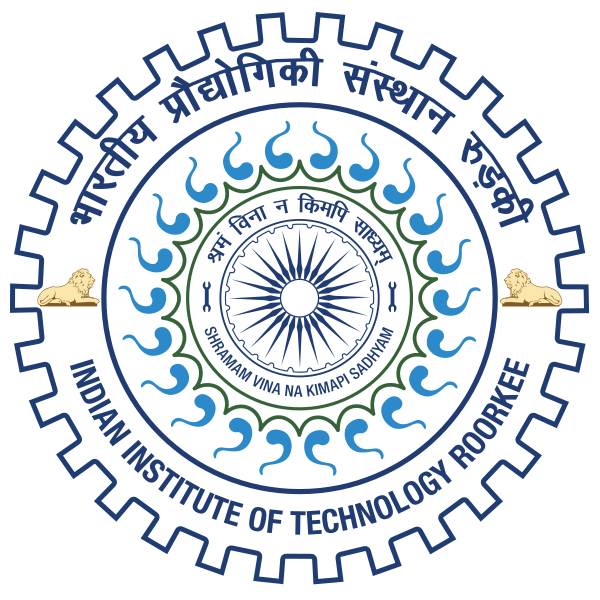Please use this identifier to cite or link to this item:
http://localhost:8081/jspui/handle/123456789/18392Full metadata record
| DC Field | Value | Language |
|---|---|---|
| dc.contributor.author | Bhakta, Muskan | - |
| dc.date.accessioned | 2025-10-28T16:12:52Z | - |
| dc.date.available | 2025-10-28T16:12:52Z | - |
| dc.date.issued | 2024-05 | - |
| dc.identifier.uri | http://localhost:8081/jspui/handle/123456789/18392 | - |
| dc.guide | Lakra, Harshit Sosan | en_US |
| dc.description.abstract | The world is witnessing a dramatic shift towards urbanization, with an ever-increasing proportion of the population residing in cities. This phenomenon, while offering opportunities for economic growth and infrastructure development, presents significant challenges for the preservation of cultural heritage. Cities are often built upon layers of history, encompassing both tangible structures and intangible traditions. As urban landscapes evolve, safeguarding these invaluable cultural assets becomes a complex balancing act. This thesis delves into this intricate relationship between cultural preservation and rapid urbanization, focusing on the case of Bhaktapur, a UNESCO World Heritage Site in the Kathmandu Valley of Nepal. Bhaktapur boasts a rich cultural tapestry, with its intricate Newari architecture, vibrant festivals, and deep-rooted traditions reflecting centuries of history. As the city grapples with the pressures of urbanization, a critical understanding of the potential impacts on its cultural heritage is essential. | en_US |
| dc.language.iso | en | en_US |
| dc.publisher | IIT, Roorkee | en_US |
| dc.title | SUSTAINABLE DEVELOPMENT STRATEGIES FOR THE HERITAGE ZONE IN BHAKTAPUR, NEPAL | en_US |
| dc.type | Dissertations | en_US |
| Appears in Collections: | MASTERS' THESES ( A&P) | |
Files in This Item:
| File | Description | Size | Format | |
|---|---|---|---|---|
| 22511007_MUSKAN BHAKTA.pdf | 17.16 MB | Adobe PDF | View/Open |
Items in DSpace are protected by copyright, with all rights reserved, unless otherwise indicated.

